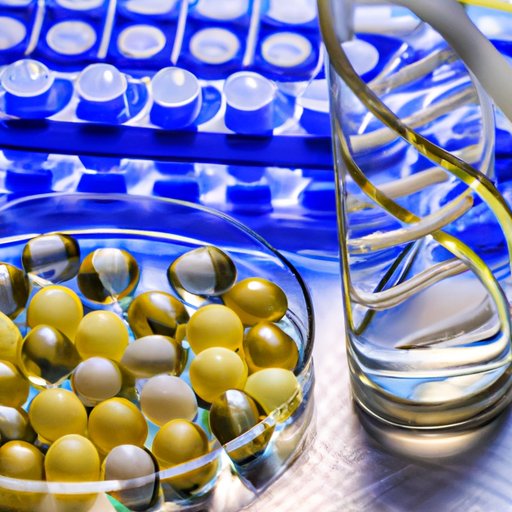Understanding and Overcoming Duchenne Muscular Dystrophy (DMD)
Duchenne Muscular Dystrophy (DMD) is a genetic disorder that affects approximately 1 in every 5000 male births worldwide. It is a progressive, degenerative disease that affects the muscles, causing muscle weakness and eventual loss of function. DMD is a devastating diagnosis that impacts not only the individual, but also their families and communities. In this article, we will explore the nature of DMD, its symptoms, treatment options, research advancements, genetic components, economic impact, and advocacy efforts to increase awareness and support for those with DMD.
Overview of DMD and its Symptoms
DMD is a genetic disorder that primarily affects males, as it is caused by a mutation in the X chromosome. It results in the body’s inability to produce a protein called dystrophin, which is necessary for the muscles to function properly. As a result, the muscles gradually break down and become weaker over time. Symptoms of DMD often begin between the ages of 3-5 and may include:
- Difficulty standing up or climbing stairs
- Delayed motor development
- Frequent falls
- Fatigue and weakness
- Trouble with running and jumping
- Enlarged calf muscles
- Difficulty with fine motor skills such as writing and buttoning clothes
If left untreated, the symptoms of DMD will gradually worsen, causing difficulty with breathing and heart function.
Treatment Options for DMD
While there is currently no cure for DMD, there are many treatment options available that can improve quality of life. Physical therapy and other interventions can help maintain mobility and prevent the progression of muscle weakness. Medications such as corticosteroids can help slow the progression of DMD by reducing inflammation and improving muscle strength. Early intervention is crucial for improving outcomes, as starting treatment as early as possible can help delay the onset of symptoms and improve overall function.
DMD Research Advancements
Researchers around the world are working tirelessly to discover new treatments and potential cures for DMD. One of the most promising new treatments is a gene therapy that aims to deliver a functional copy of the dystrophin gene to affected individuals. This therapy has shown remarkable success in clinical trials and has the potential to revolutionize the treatment of DMD. Additionally, there are several other clinical trials and studies underway that aim to develop new medications and therapies for DMD.
The Role of Genetics in DMD
DMD is a genetic disorder that is inherited in an X-linked recessive pattern, which means that females can be carriers of the gene mutation but typically do not experience symptoms of the disease. Genetic testing can help determine if an individual is a carrier of the gene mutation and can help families understand their risk for having a child with DMD. Genetic counseling can help those affected by DMD navigate the complexities of the disease and make informed decisions about family planning.
Living with DMD
Living with DMD presents many challenges for both the individual and their families. As the symptoms of the disease progress, individuals with DMD may require mobility aids and assistive devices to maintain their independence. Families may also face significant financial burdens associated with the cost of care. However, there are many resources and support groups available to those with DMD and their families, including advocacy organizations, assistive technology centers, and respite care programs.
The Economic Impact of DMD
The cost of care for individuals with DMD can be staggering, especially for families who do not have access to adequate health insurance or who live in areas with limited resources. Healthcare policies and initiatives such as the Orphan Drug Act and Medicare’s Special Needs Plan have helped to improve access to care and reduce financial burdens. Additionally, advocacy efforts to increase funding for DMD research and treatment can help reduce the economic impact of the disease on affected families.
Advocacy and Awareness for DMD
Advocacy and awareness efforts are crucial for improving outcomes and increasing support for those affected by DMD. Organizations such as Parent Project Muscular Dystrophy and the Muscular Dystrophy Association are working to raise awareness and advocate for policies that support research and treatment for DMD. By raising awareness of the disease and encouraging research and development of potential therapies, we can help improve outcomes and quality of life for individuals and families affected by DMD.
Conclusion
DMD is a devastating diagnosis that impacts individuals, families, and communities. However, with early intervention, effective treatment options, and ongoing research advancements, there is hope for those affected by DMD. By increasing awareness, advocating for policies that support research and treatment, and supporting families and individuals affected by DMD, we can work together to overcome this challenging disease and improve outcomes for all.
